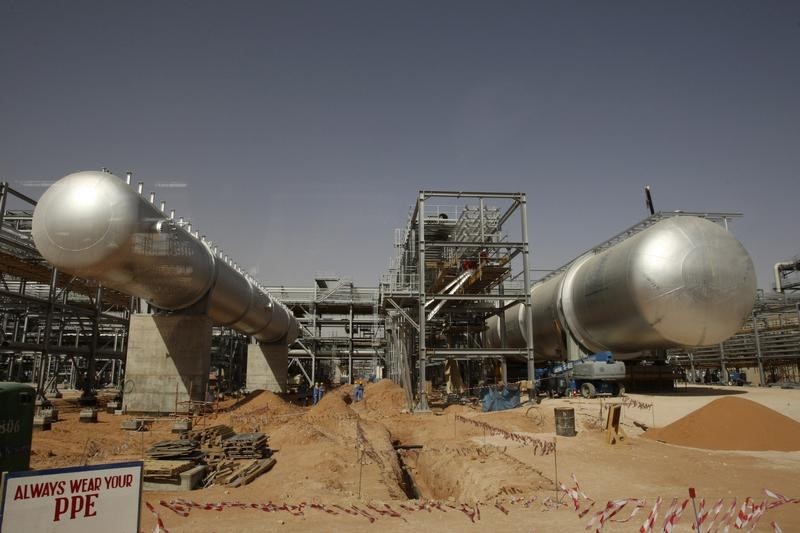Investing.com - Crude oil prices settled above $65 a barrel for the first time in nearly two weeks as the prospect of U.S.-led military action in Syria stoked investor expectations of supply disruptions in the Middle East.
On the New York Mercantile Exchange crude futures for May delivery rose 3.3% to settle at $65.51 a barrel, while on London's Intercontinental Exchange, Brent gained 3.47% to trade at $71.03 a barrel.
President Trump cancelled his planned attendance of the 8th Summit of the Americas in Lima, Peru and visit to Colombia to remain in the United States to oversee the American response to Syria.
This comes a day after Trump said during a meeting with military leaders that he was preparing a response to reports of an alleged chemical weapons attack in Syria. “We have a lot of options, militarily. And we'll be letting you know pretty soon," Trump told reporters on Monday.
The prospect of a U.S.-led military response in Syria ratcheted up investor expectations of a supply disruptions in the Middle East, supporting an ongoing rise in oil prices.
Investor sentiment on oil prices were also bolstered by revived demand for riskier assets such as oil after China’s president Xi Jinping adopted a reconciliatory tone on tariffs overnight Tuesday.
Oil prices made a sharp move higher earlier intraday after Bloomberg reported, citing people who have spoken to Saudi officials, that Saudi Arabia was targeting oil prices at $80 a barrel to boost the valuation of its oil giant Aramco.
The strong rally in crude oil prices come as U.S. production continued to expand. The Energy Information Administration in its monthly energy outlook report revealed Tuesday that U.S. output rose to an averaged 10.4 million barrels per day (b/d) in March, up 260,000 b/d from the February level.
The EIA also revised upward its estimate for U.S. crude oil production to an average of 10.7 million b/d in 2018, which would mark the highest annual average U.S. crude oil production level, surpassing the previous record of 9.6 million b/d set in 1970.
The EIA report came a day ahead of its weekly petroleum supply totals expected to show U.S. crude oil supplies fell by 189,000 barrels last week.
